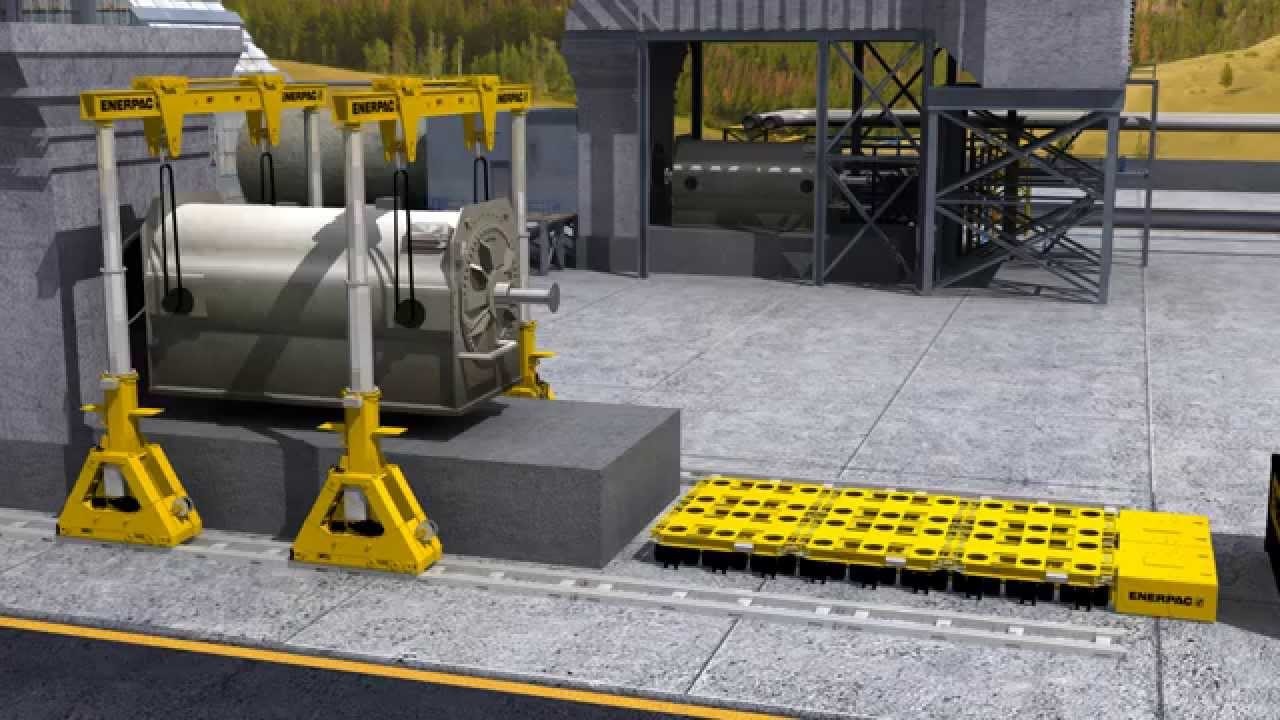In industries where heavy lift/'>lifting is a common requirement, the importance of efficient and safe lifting systems cannot be stressed enough. Whether it's stacking and retrieving loads, lifting barrels, containers, or packages, businesses rely heavily on lifting devices to streamline their operations. Fortunately, the market is flooded with innovative lifting systems that offer versatile and portable solutions for handling heavy loads. In this blog post, we will explore the benefits and applications of portable lifting devices while emphasizing the significance of choosing the right one for your business needs.

Portable lifting devices have emerged as a game-changer when it comes to heavy load handling. Their ability to be maneuvered easily makes them ideal for various industries, including manufacturing, warehousing, and construction. Unlike traditional lifting equipment, portable devices eliminate the need for fixed installations or dependencies on specific locations, providing flexibility and convenience.
One of the key advantages of portable lifting devices is their ergonomic design. These devices are often equipped with adjustable features that ensure the operator's comfort and safety during operation. With customizable settings, operators can easily adapt the lifting parameters to meet their specific requirements, minimizing the risk of injuries or accidents.
Another notable feature of portable lifting devices is their compact size. They are designed to occupy minimal space, making them suitable for operations with limited room for maneuvering. Whether you are working in a tight warehouse aisle or a construction site with restricted access, these devices can navigate through narrow spaces effortlessly, guaranteeing smooth and efficient lifting procedures.
The compatibility and adaptability of portable lifting devices deserve special mention. These devices are engineered to work with various loads, whether it's barrels, containers, boxes, or packages. Manufacturers understand the diverse needs of businesses and, therefore, offer lifting solutions that can accommodate different load sizes and weights. This versatility makes portable lifting devices a valuable asset across a range of industries, allowing businesses to adapt to their unique lifting requirements easily.
One crucial aspect to note when considering a portable lifting device is its lifting capacity. It is essential to determine the maximum load a device can handle to ensure its compatibility with your business needs. Investing in a device that cannot meet your lifting requirements would lead to inefficiencies and potential workplace hazards. Therefore, it's crucial to thoroughly analyze your business's lifting needs and choose a portable lifting device that can handle the load capacities you regularly encounter.
Safety is paramount when it comes to heavy load handling. Portable lifting devices often come equipped with safety mechanisms and features to protect both the operator and the load being lifted. These safety features can include emergency stop buttons, overload protection, anti-slip surfaces, and secure locking systems. Prioritizing safety while selecting a portable lifting device ensures a secure working environment for your employees and reduces the likelihood of accidents or damages.
Now that we have explored the advantages and considerations of portable lifting devices let's delve into their practical applications:
1. Manufacturing: Portable lifting devices are indispensable in manufacturing facilities, where heavy machinery or raw materials often need to be maneuvered or lifted onto platforms or production lines. The ability to transport these devices easily between workstations enhances productivity and efficiency.
2. Warehousing: In the warehousing industry, where quick and efficient loading and unloading of goods is a priority, portable lifting devices facilitate the lifting and moving of heavy pallets, containers, and packages. Their compatibility with different load sizes ensures seamless operations while minimizing the risk of workplace injuries due to manual lifting.
3. Construction: Portable lifting devices are increasingly being used in the construction industry to handle heavy construction materials such as bricks, cement bags, and steel beams. Their mobility allows contractors to lift materials to various heights and locations, simplifying construction processes.
4. Logistics and Shipping: Portable lifting devices are invaluable in the logistics and shipping sector, where the movement of heavy shipping containers and packages is a daily occurrence. These devices provide a safe and efficient solution to handle loads that would otherwise require manual labor or larger fixed installations.
Choosing the right portable lifting device is crucial for optimizing your heavy load handling procedures. When searching for the ideal device, make sure to consider factors such as load capacity, maneuverability, safety features, and the reputation of the manufacturer. Investing in a reliable and reputable brand ensures the longevity and performance of your lifting device.
To conclude, the development of portable lifting devices has revolutionized the way heavy loads are handled across various industries. Their versatility, maneuverability, and ergonomic design make them an essential tool for enhancing productivity, efficiency, and safety. By understanding the unique lifting needs of your business and selecting the appropriate portable lifting device, you can ensure seamless operations while safeguarding your employees and valuable assets. So, why struggle with manual labor or inefficient lifting methods when portable lifting devices offer a convenient and reliable solution for handling heavy loads? Invest in the right portable lifting device today and experience the difference it makes in your business operations.
